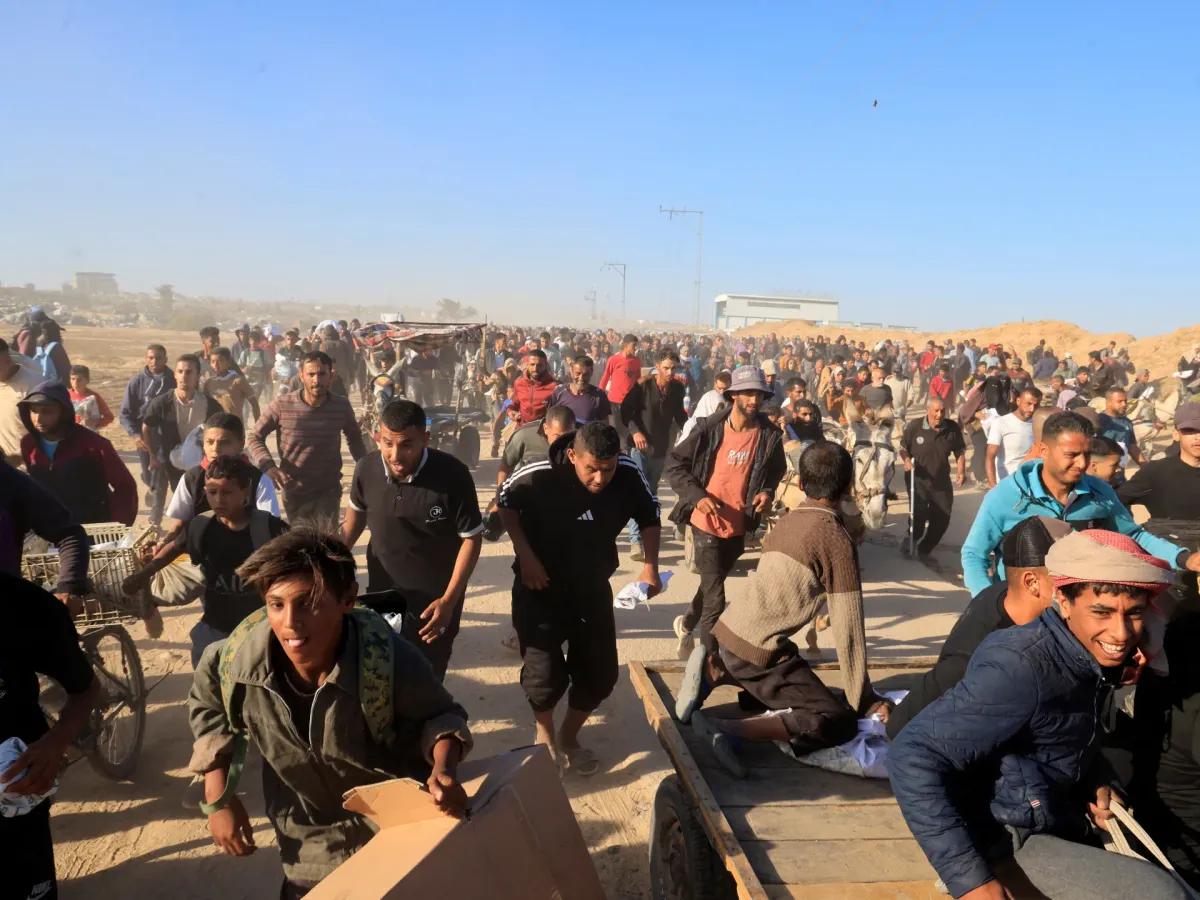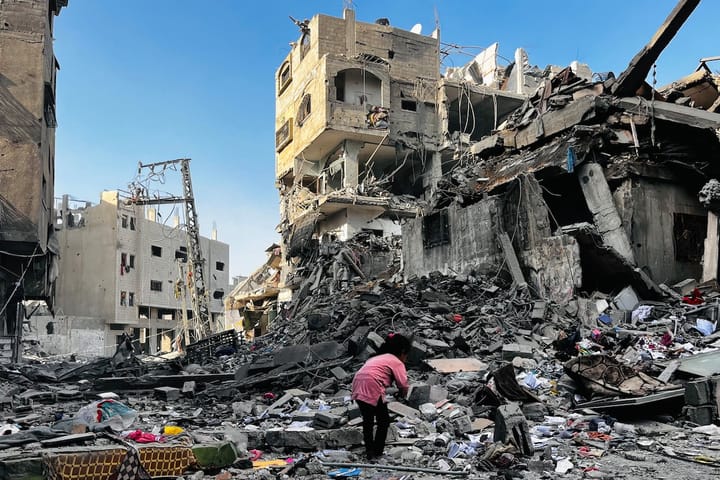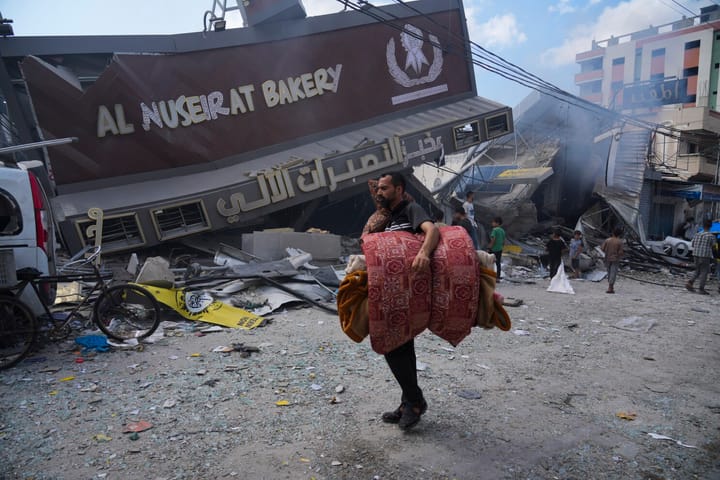Gaza Aid Crisis: UN and MSF Slam Deadly Distribution
Gaza crisis worsens as humanitarian aid distribution is condemned by the UN and MSF as a deadly, failed system for civilians.

Humanitarian aid, which should be the last hope for millions in Gaza, is now facing harsh criticism from the international community. In recent months, aid operations backed by the United States and Israel have been deemed unable to guarantee civilian safety. UN Secretary-General António Guterres even described the current aid distribution system in Gaza as “a mechanism that kills people,” highlighting the chaotic and dangerous process. Médecins Sans Frontières (MSF) went further, calling the situation “slaughter masquerading as humanitarian aid.”
Gaza Crisis Worsens
Since the major escalation in October 2023, the Gaza Strip has faced immense pressure from Israel’s retaliatory attacks following Hamas' assault. Official UN data as of June 2025 records over 38,500 Palestinians killed, the majority being women and children. Most infrastructure—including hospitals, schools, and aid logistics centers—has been destroyed. The healthcare system has collapsed, millions have lost access to clean water, electricity, and food, making Gaza one of the worst humanitarian crises of the century.
Failed Aid System
The UN reports that aid distribution in Gaza faces severe obstacles due to strict Israeli border controls, ongoing armed conflict, and poor logistics. Aid delivered via Rafah, Kerem Shalom, and the US-built floating pier has resulted in long queues, looting, and even mass shootings.
In his statement in New York, Guterres emphasized, “The current aid system is not only insufficient, it’s dangerous. The existing distribution system is killing people, not saving them.” This statement echoes reports of dozens of civilians dying weekly while scrambling for aid at distribution points. The UN OCHA affirms that the current aid system fails to meet basic needs, while land access is still often blocked or delayed.
Criticism from Médecins Sans Frontières
MSF, which has witnessed the conflict in Gaza firsthand, stated that the current humanitarian aid distribution system is “slaughter masquerading as humanitarian aid.” They highlight the absence of safe corridors and the frequent targeting of aid convoys. Even when aid arrives, it is often looted, fails to reach those most in need, or is destroyed before arriving at its destination.
Additionally, the US floating pier touted as an innovative solution has proven ineffective. Of the thousands of tons of aid delivered, most has not reached the hardest-hit areas. The WFP reports that more than 1.2 million Gazans now live in acute hunger, a condition worsened by inadequate aid access.
On the Ground: Hunger and Disease
UNRWA and WHO warn that the risk of mass starvation and disease outbreaks in Gaza is becoming a reality. The collapsed medical infrastructure means infectious diseases such as diarrhea, measles, and respiratory infections go untreated. Clean water is nearly unavailable, and more than 80% of the population now depends on highly unreliable international aid. BBC reports many are forced to consume animal feed or contaminated water.
Israel, US Response, and Global Pressure
Israel and the US claim they have sped up border inspections and expanded aid routes. However, various sources state these efforts have yet to meet the needs on the ground. Israel blames Hamas for often seizing aid, but Human Rights Watch and the UN mostly blame strict Israeli restrictions and lack of protection for aid workers and civilians.
Global calls for unimpeded humanitarian access are growing louder. Most UN member states demand a total reform of the aid distribution system and an immediate ceasefire to prevent an even greater humanitarian catastrophe.
Three years since the major war in Gaza, the situation on the ground remains bleak. Humanitarian aid distribution, which should be the solution, has turned into a deadly threat. Current data shows that without radical changes in distribution systems and civilian protection, the crisis in Gaza will continue to claim lives while the world watches helplessly from afar.





Comments ()